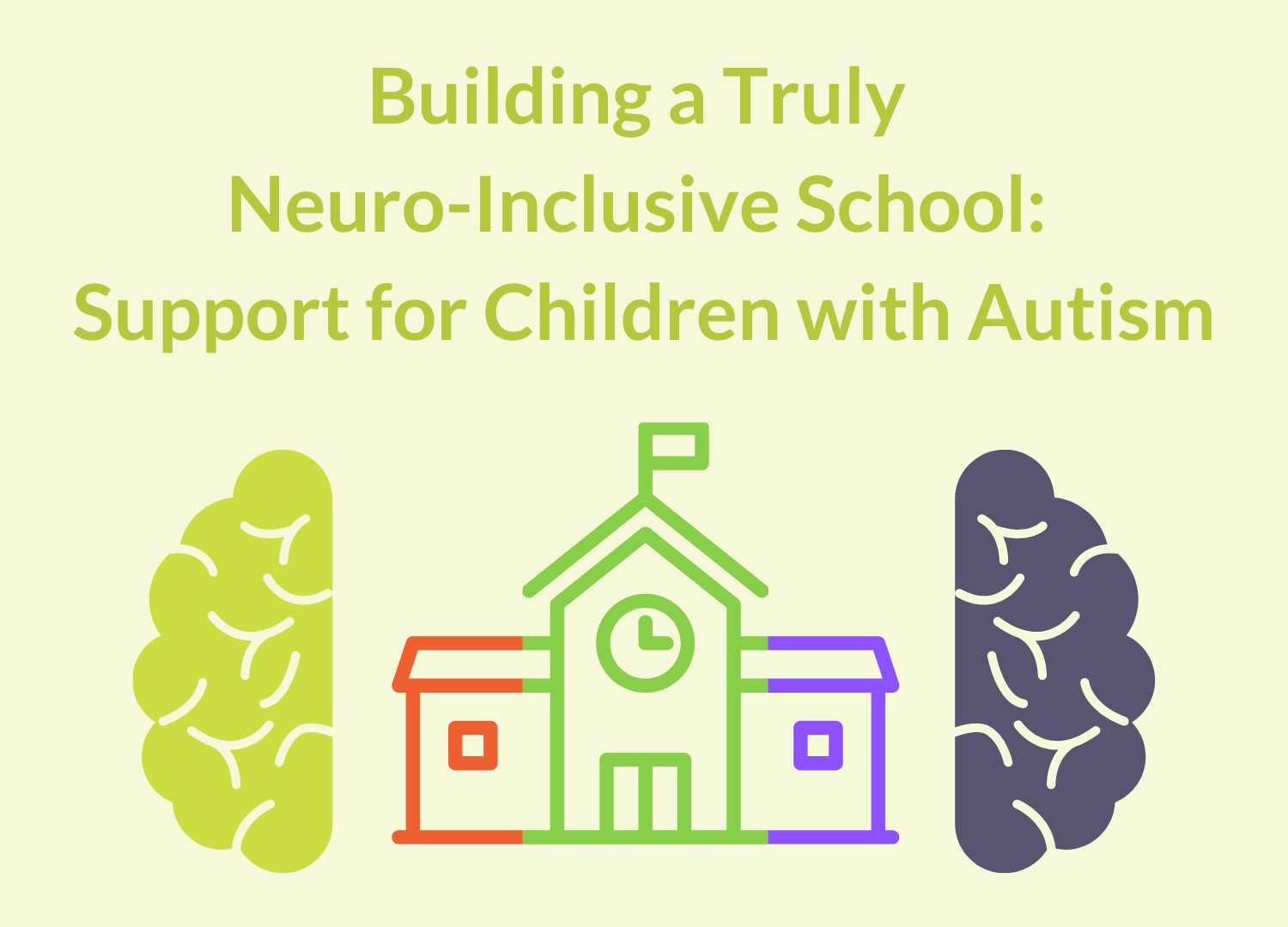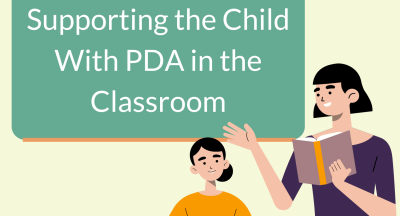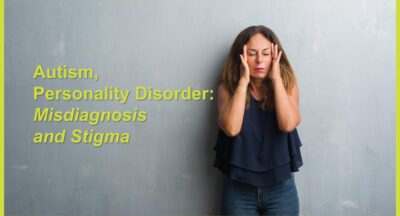
Last updated: 10th November 2025
For centuries, left-handed children were seen as a problem. In classrooms across the country, their left hands were tied behind their backs, and they were forced to use tools not designed for them. The resulting struggle and frustration were seen as a personal failing of the child, not the scissors. However, the invention of left-handed scissors was the long-overdue admission that if a tool doesn’t work for someone, the problem lies with the tool, not the person.
This piece of history provides a powerful analogy for how we should approach neurodiversity in our primary and secondary schools today. For too long, when a neurodivergent pupil struggles, the focus has been on encouraging them to adapt, to mask, to behave more like their neurotypical peers.
Schools have, in effect, been handing them ‘right-handed scissors’ and judging them for their clumsy cutting. What if schools started changing the ‘scissors’ instead?
The ‘Right-Handed’ School Environment
Consider these common scenarios:
Sensory Overload: A Barrier to Learning
The chaotic rush of the corridor between lessons, the visual clutter of a brightly decorated classroom, or the constant low-level hum of chatter can be overwhelming for a pupil with sensory sensitivities. This isn’t a lack of focus; it’s the friction of a brain trying to learn in a hostile sensory environment causing autistic burnout.
Unspoken Social Rules: Communication Challenges
The expectation to “read between the lines,” understand sarcasm instantly, or navigate the complex unwritten rules of playground friendships, are all ‘right-handed scissors’. A preference for clear, direct communication is not rudeness; it’s simply a different, more logical way of processing social information.
Rigid Expectations: Suppressing Natural Self-Regulation
The pressure to sit perfectly still, make consistent eye contact, and suppress the natural urge to stim (fidget, doodle, or rock) to self-regulate is exhausting. It’s the educational equivalent of tying a hand behind one’s back, wasting precious cognitive energy just to appear ‘normal’.
When schools view these challenges as a problem with the pupil, they risk crushing the child’s confidence and potential. However, if schools see it as a problem with the tools and the environment, they can start making meaningful changes.
What Do ‘Left-Handed Scissors’ Look Like in a School?
Communication that Values Clarity:
- Provide clear, concise instructions, both verbally and in writing.
- Avoid idioms or sarcasm without explaining them.
- Be explicit about the expectations for tasks, especially in group work.
Sensory-Friendly Environments:
- Create quiet corners or “calm-down spaces” in classrooms and communal areas.
- Consider the impact of lighting and visual displays; sometimes, less is more.
- Allow the use of noise-reducing headphones or sunglasses, where appropriate.
Genuine Flexibility in Learning:
- Offer flexible seating options.
- Understand that productivity and focus look different for everyone. Allow for movement breaks or doodling as tools for concentration.
- Respect that a pupil might need to work on a task with intense, deep focus, rather than frequently switching between subjects.
True Acceptance of Difference:
- Move beyond mere “tolerance” and actively embrace neurological diversity.
- Educate all pupils about different communication styles and needs.
- Accept stimming and other forms of self-regulation as valid and necessary, not as “bad behaviour” to be stopped.
Unlocking a Powerhouse of Talent
When schools stop forcing pupils to use the wrong tools, they don’t just alleviate a struggle; they unlock a powerhouse of unique talents. If children aren’t wasting all their energy just trying to cope, they can offer their genuine strengths.
We see pupils whose capacity for deep focus allows them to master complex topics and also discover natural innovators who spot patterns and inefficiencies others miss. What’s more, we find artists, engineers, and strategists whose unique perspectives are the very definition of “thinking outside the box.”
Just as the world finally realised that left-handed people are not flawed, schools must accept that neurodivergence is not a processing error. It is a different operating system.
By designing a school with only one type of user in mind, we are losing the immense potential, creativity, and focus that neurodivergent pupils have to offer. It is time to stop trying to fix the pupil. Let’s start building our ‘left-handed scissors’.
To learn more about navigating education for autistic children and young people, explore the resources provided by the National Autistic Society here.
Related Posts
Supporting the Child With PDA in the Classroom – Part One
Previous blog articles have touched upon the challenges faced by parents whose...
Our current thinking on PDA
As many people may be aware, there has been a great deal of interest in, and...
More Things That Teachers Need to Know about Autism
An article published back in August 2018 by the National Autistic Society, titled...
Autism, Personality Disorder: Misdiagnosis and Stigma
Over the past twelve months , I have been writing another book, along with...





